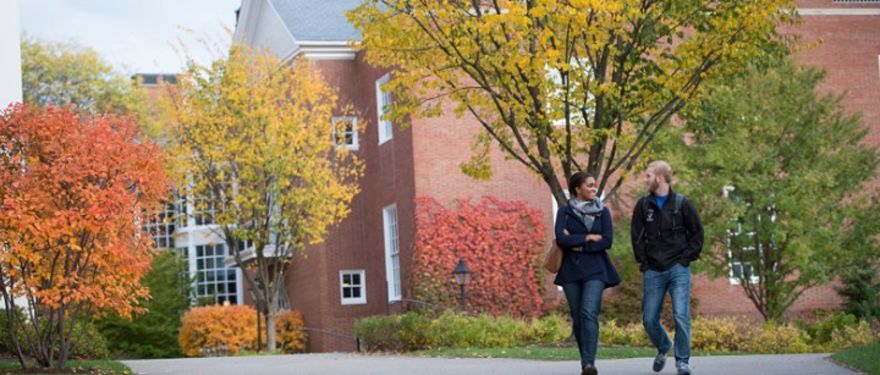Harvard Business School has offered joint degrees for many years—including those with Harvard Law School, Harvard Kennedy School, and Harvard Medical School.
Harvard recently announced the launch of a new program: a joint MS/MBA: Engineering Sciences degree offered by HBS and the Harvard John A. Paulson School of Engineering and Applied Sciences (SEAS).
If you take a look at our new website you’ll be able to dig into all the details about this exciting new offering, but here are a few key facts to get you started.
1. The program’s first class will matriculate in August 2018
That means applications for this program will be accepted in the upcoming Class of 2020 application cycle. The admissions process is the same as the regular MBA application, with a few additions. First and foremost, you’ll need to apply in either Round 1 or Round 2 to be considered – unless you’re a 2+2er (2+2 applicants should still apply in the 2+2 Round).
You’ll then need to indicate your interest in the MS/MBA on your application and write an additional essay. If you’re invited to interview, you’ll then be asked to submit a third recommendation from someone who can speak to your technical experience and capability.
There are three results that can come from your application: you can be admitted into the MS/MBA program, the MBA program only, or denied admissions. Students will not be admitted into the standalone Master of Science in Engineering Sciences program.
We expect about 30 students to join the MS/MBA: Engineering Sciences Class of 2020.
2. The program does have application prerequisites
To gain admission to the program, students must:
• Hold an undergraduate degree in engineering, computer science, or a related technical field, with a record of outstanding academic achievement
• Have at least two years of full-time work experience, ideally in designing and/or developing technology-intensive products
3. The program is full-time and takes two years to complete
Students will complete the degree requirements in four semesters over two years. This will be supplemented by additional coursework during August at the beginning of the program and during both January terms. You can see a breakdown of the program’s courses here. You’ll have the summer between years one and two of the program to work on your own venture or pursue an internship.
4. The program is designed to train future leaders of technology ventures
Today’s technology ventures need leaders who are not only technologically skilled, but know how to run a business. The program aims to provide students with deep knowledge of both engineering and business and prepare them for leadership roles. Want to learn more? Check out our interviews with faculty co-chairs Tom Eisenmann (HBS) and Rob Howe (SEAS).

